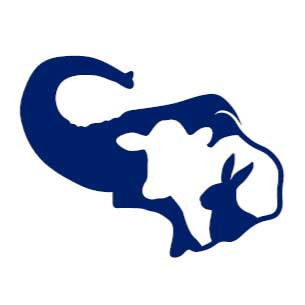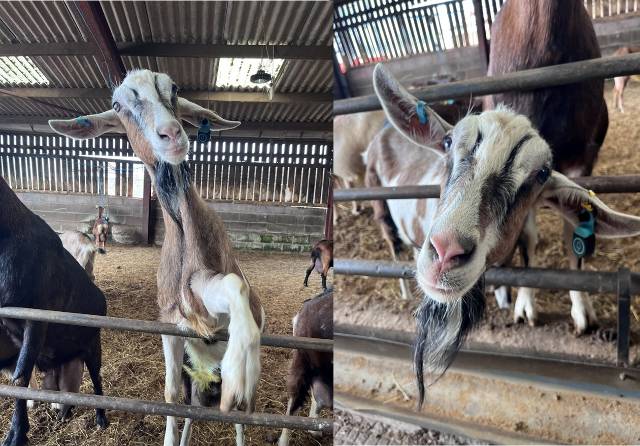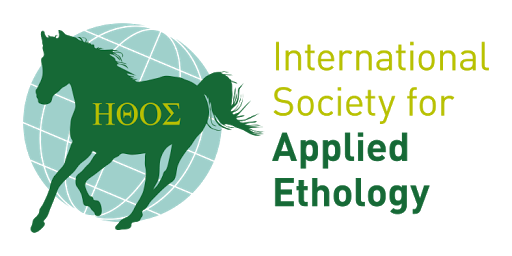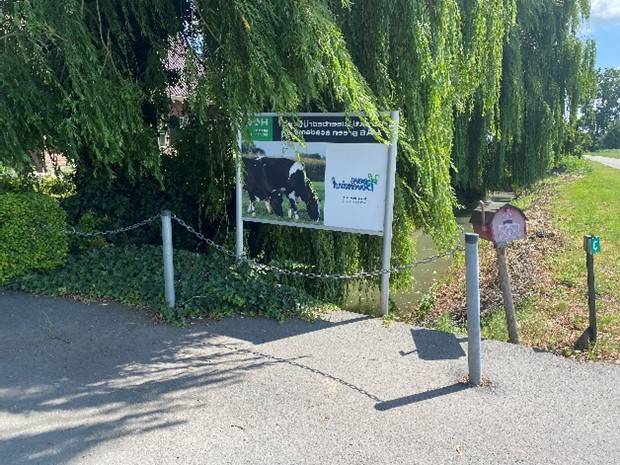
This month, Dr Gemma Charlton and Professor Mark Rutter travelled to the Netherlands to work on some collaborative work with HAS University of Applied Sciences. This blog is a summary of that important visit!
By Dr Gemma Charlton
Professor Mark Rutter and I, from the Animal Behaviour and Welfare Research Group at Harper Adams University, have an ongoing and productive collaboration with researchers at HAS University of Applied Sciences in ’s-Hertogenbosch, the Netherlands. In July, we travelled to the Netherlands to spend time with our collaborators, Lenny van Erp and Gerben Hofstra, with the aim of further strengthening what is already a successful partnership.
The visit began with Mark delivering a keynote presentation titled “From the Galapagos to the dairy farm: why evolution and domestication matter”, setting the scene for a series of excellent student presentations that followed. We were then invited to lunch with the university directors before touring HAS’s impressive teaching and research facilities. Throughout the day, we learned more about the exciting research currently underway at HAS and discussed a range of opportunities for further collaboration, particularly around Precision Livestock Farming (PLF), monitoring animal behaviour and improving animal welfare.

On the second day, we visited Hoeve Boveneind, the dairy farm regularly used by HAS researchers. It was fantastic to see the cows and the on-farm technologies in action, including three GEA milking robots and a Lely scraper. Gerben also shared insights into his PhD research “Mapping welfare – automated recording of social interactions in dairy cows”, which uses Nedap collars and leg sensors.

In the afternoon, we were invited to attend presentations from three groups of final-year students, whose projects covered topics such as dairy cow lameness, sensor use in goats, and body condition scoring in cats. The students did a fantastic job, especially considering they presented in English, their second language, with confidence and clarity.
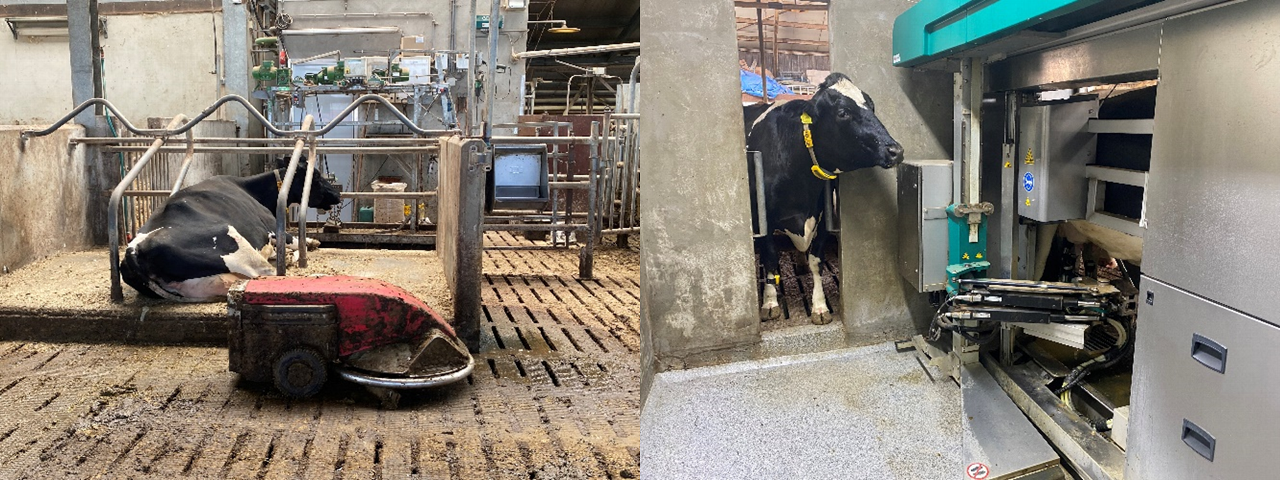
This visit confirmed just how much our two universities have in common. There is clear potential to build on this collaboration, not just within our research group, but across departments and disciplines. We’re excited about what the future holds and look forward to working more closely with our colleagues at HAS in the years ahead.
 Reflecting on 25 years of animal welfare and the importance of participatory engagement
This year, two members of our Animal Behaviour and Welfare Research Group (Dr Holly Vickery and Dr Ellen Williams), working with the Engagin …
Posted 6 July
Reflecting on 25 years of animal welfare and the importance of participatory engagement
This year, two members of our Animal Behaviour and Welfare Research Group (Dr Holly Vickery and Dr Ellen Williams), working with the Engagin …
Posted 6 July





